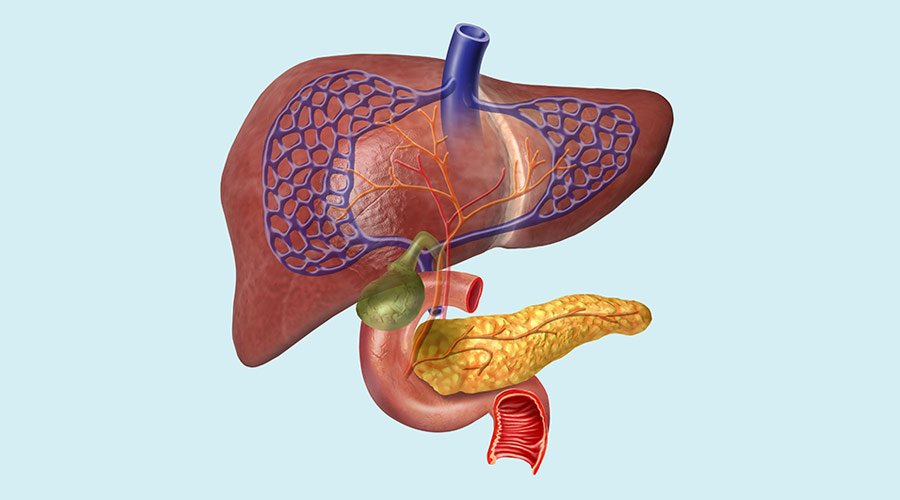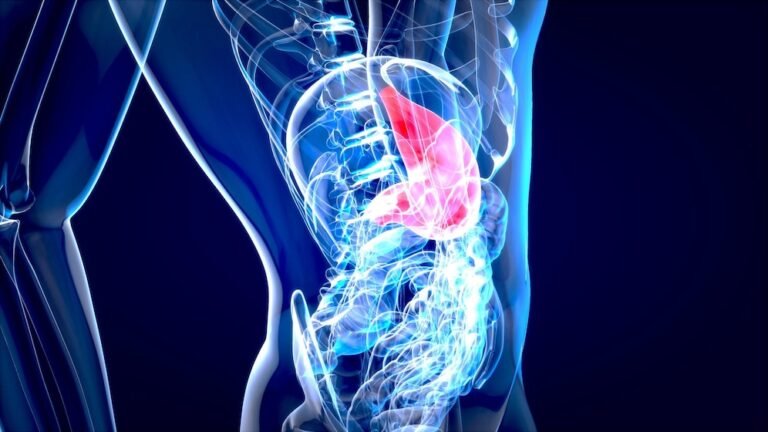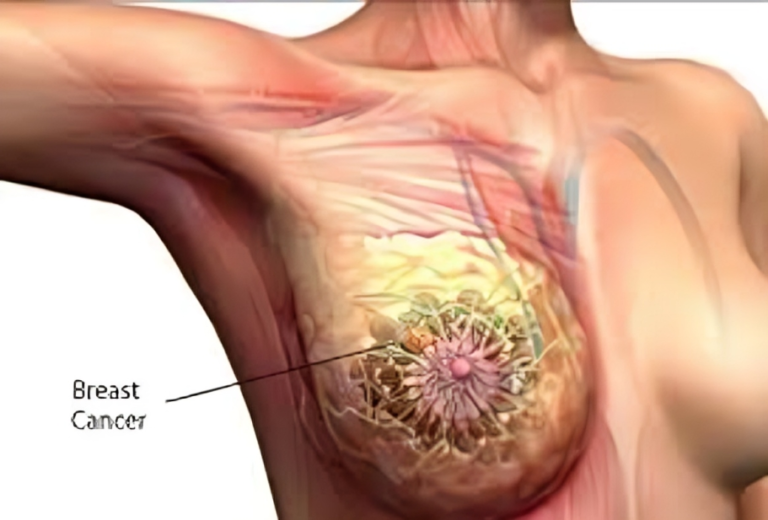Navigating the Complex Landscape of Hepatobiliary Cancer.
Hepatobiliary cancer, a collective term encompassing cancers of the liver, bile ducts, and gallbladder, poses significant challenges to healthcare professionals and patients alike. These cancers, often diagnosed at advanced stages, require a comprehensive understanding of their complexities for effective management. This article explores the intricacies of hepatobiliary cancer, delving into risk factors, common types, diagnostic approaches, and advancements in treatment modalities.
To Know More About It Please Click Here
Understanding Hepatobiliary Cancer
- Liver Cancer (Hepatocellular Carcinoma – HCC): Hepatocellular carcinoma, the most common form of liver cancer, typically arises from chronic liver diseases such as cirrhosis or chronic viral hepatitis. It often presents late in its course, making early detection challenging.
- Bile Duct Cancer (Cholangiocarcinoma): Cholangiocarcinoma originates in the bile ducts, which are responsible for transporting bile from the liver to the small intestine. This cancer can occur at different points along the bile ducts and is often associated with chronic inflammation or certain liver diseases.
- Gallbladder Cancer: Gallbladder cancer arises in the gallbladder, a small organ that stores bile produced by the liver. It is often diagnosed at an advanced stage due to its asymptomatic nature in the early stages.
Risk Factors
- Chronic Liver Diseases: Long-term liver conditions, such as cirrhosis resulting from alcohol abuse, non-alcoholic fatty liver disease (NAFLD), or chronic viral hepatitis (B and C), elevate the risk of hepatocellular carcinoma.
- Bile Duct Disorders: Chronic inflammation of the bile ducts, as seen in conditions like primary sclerosing cholangitis (PSC), increases the risk of cholangiocarcinoma.
- Gallstones: The presence of gallstones, especially if left untreated, is a known risk factor for gallbladder cancer.
- Obesity and Diabetes: Obesity and diabetes are associated with an increased risk of liver cancer, emphasizing the importance of lifestyle factors in cancer prevention.
Diagnosis
- Imaging Studies: Ultrasound, CT scans, and MRI imaging are commonly used to visualize the liver, bile ducts, and gallbladder, aiding in the detection and staging of hepatobiliary cancer.
- Biopsy: Tissue biopsy involves collecting a small sample for examination under a microscope, confirming the presence of cancer, and providing insights into its specific type.
- Blood Tests: Elevated levels of certain liver enzymes, alpha-fetoprotein (AFP) for liver cancer, and carbohydrate antigen 19-9 (CA 19-9) for bile duct and gallbladder cancer, may indicate hepatobiliary malignancies.
Treatment Modalities
- Surgery: Surgical interventions, including liver resection, bile duct resection, and gallbladder removal, are common approaches for localized hepatobiliary cancers.
- Liver Transplantation: In cases of advanced liver cancer, liver transplantation may be considered for select patients meeting specific criteria.
- Chemotherapy: Systemic chemotherapy or targeted therapies are employed to treat advanced stages or when surgery is not feasible.
- Radiation Therapy: Radiation therapy, often combined with surgery or chemotherapy, is used to target and destroy cancer cells.
- Immunotherapy: Immunotherapy, a growing area of research, aims to harness the body’s immune system to fight cancer cells and is being explored in clinical trials for hepatobiliary cancers.
To Know More About It Please Click Here
Conclusion
Hepatobiliary cancer presents a complex and challenging landscape, requiring a multidisciplinary approach for effective management. Early detection, awareness of risk factors, and ongoing research into innovative treatment modalities hold the key to improving outcomes for individuals affected by these cancers. As advancements continue to unfold in the field of oncology, the hope is that a deeper understanding of hepatobiliary cancers will pave the way for more targeted, personalized, and successful treatment strategies.








